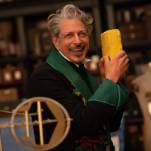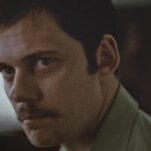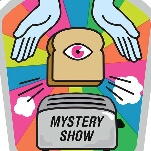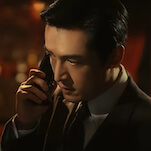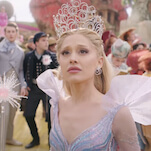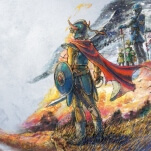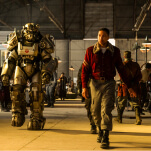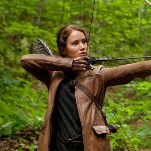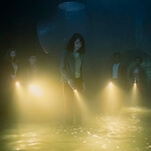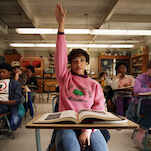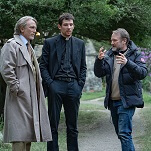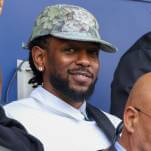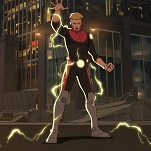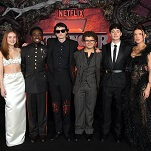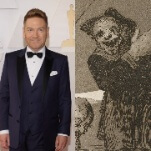Broken Age has readers rethinking the cartoon logic of classic adventure games
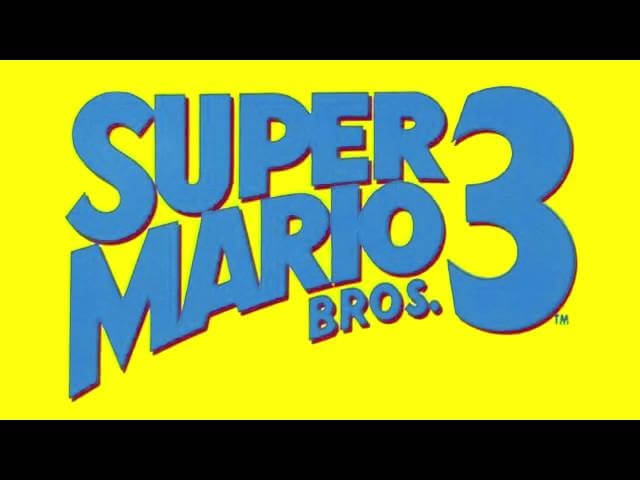
By That Logic
This week, the developers at Double Fine closed the book on Broken Age, its throwback to classic adventure games that took Kickstarter by storm in 2012. Joe Keiser, who’d previously reviewed the first act when it was released last year, returned to take a look at the game as a whole. Down in the comments, Curmudgahideen turned the conversation toward the ways old adventure games reacted to the tendency of players to try using all of their doodads on any person or object they come across:
One of my favorite things about the ’90s adventure games was the level of work put in to account for the fact that players would try to rub everything in their inventory up against everything in the world.
The best use I ever saw of this was in the first Broken Sword. Hours of George lamely trying to use that electric hand-buzzer on everyone he met only to be coldly rebuffed. And then, just as he’s about to be shot down on a mountaintop by a Templar assassin, the guy says he admires George’s pluck and would like to shake his hand before he kills him. Cue hand-buzzer, sock to the jaw, and daring escape. For the sheer joy, that still has to rank in my top 10 gaming moments.
And Angry Raisins brought up the weird way these games combine grounded situations with cartoon logic:
For a long time adventure games (text or graphic) were the closest thing one got to a “real life” simulator. Instead of constantly killing things/being killed, jumping on platforms or some other contrived mechanic, you walked around, looked at things, picked them up, talked to people—normal stuff. But then to actually provide the gaming challenge, you have this slightly insane tacked-on mechanism where the solution always lies in random junk you’ve acquired. You don’t bribe the guard or sneak past the guard or sweet-talk the guard; you distract him by using that half-chewed piece of bubblegum to attach a kazoo to a nearby pigeon.
I’m just acknowledging, as a big adventure game fan, that they’re a bit of a crazy hybrid: half gaming at its most “normal,” half notions that make Mario flying through the air via raccoon tail look positively level-headed.
Unexpected Dave recalled an especially illogical adventure-game puzzle:
Cartoon logic, as was found in most of LucasArts adventure games, was fine. But some games couldn’t distinguish between silly puzzles and illogical puzzles. In Discworld, for example, there’s a puzzle where you need to catch a butterfly so that you can use it to make it rain. In principle, that’s a good puzzle. It has the logical underpinning of a chaos theory joke. But one of the intermediate steps requires you to do something completely absurd for reasons that I still don’t understand. Before you can catch the butterfly, you have to stick a frog in the mouth of a nearby drunk. Don’t ask me why. If you have any ideas, please let me know.
Discworld is notoriously frustrating, because it repeatedly does a number of “unfair” things: It buries crucial information (such as the fact that Nanny Ogg’s custard contains love potion), it has time-sensitive puzzles with unforgiving windows (such as picking the dentist’s pocket), and the dreaded pixel hunt (that damn whistle.)




